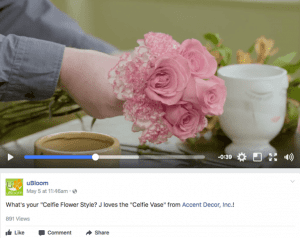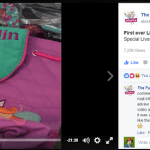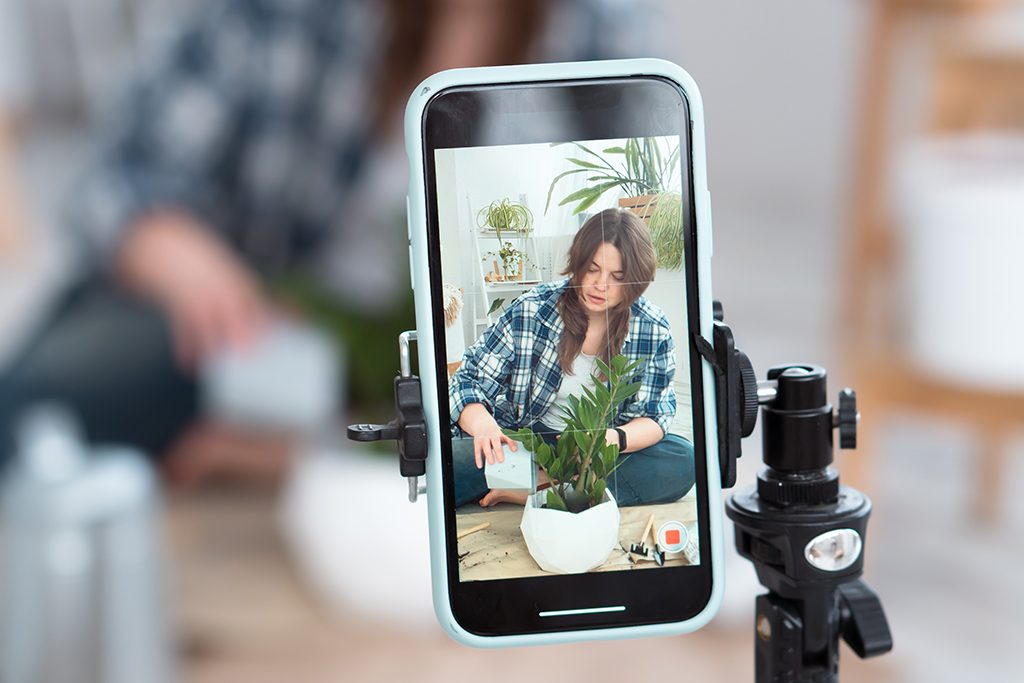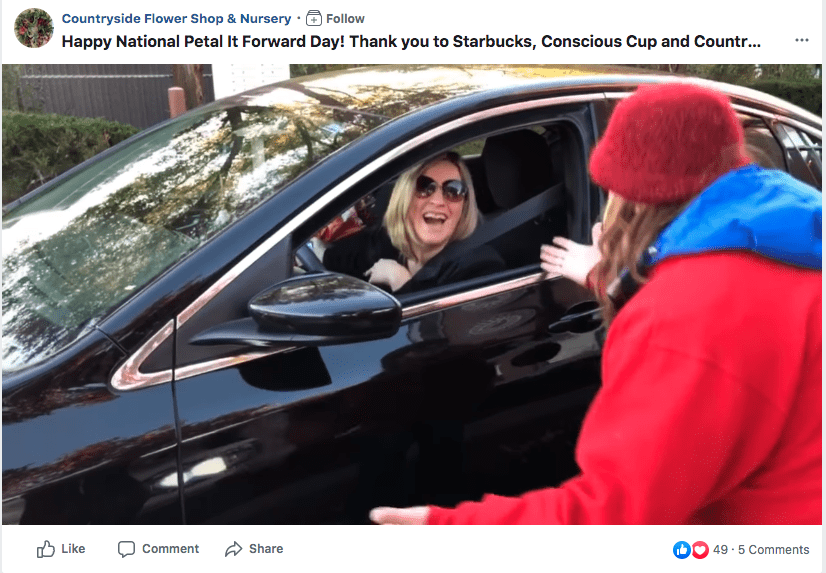
Video guru J Schwanke, AAF, AIFD, PFCI, never allows unnecessary objects, empty space or noises to distract from his demonstrations. Close up, clean shots are key to captivating customers.
Memorial Day weekend serves as the launch pad for a host of summertime recreational activities—backyard barbecues, trips to the beach or the pool and, of course, blockbuster movies.
Whether or not you plan to go see Baywatch or Pirates of the Caribbean: Dead Men Tell No Tales this weekend, let Hollywood inspire you to hone your videography skills.
Numerous studies suggest business owners ought to embrace video if they want to engage customers and convert more online visitors from browsers to buyers. Here are just a few stats that reveal videos’ powerful pull:
- Online videos account for 70% of all Internet traffic
- 55 percent of people watch online videos every day
- Video on a website’s landing page can increase conversion by 80 percent
- Four times as many customers would prefer to watch a video about a product than read about it
Of course, no retail florist has the tools, cast or budget available to Hollywood directors (if only!), but that needn’t stand in your way of producing sharp and engaging videos.
In a recent article, cheekily-titled “Awful iPhone Videos Are Ruining Our Memories,” Michael Hsu, gears and gadgets editor at the Wall Street Journal, offered readers remedies for the “snippets of digital mush” that muddy the excitement of babies’ first steps, dance recitals, wedding toasts, and improbable holes-in-one shots.
“Shooting a great video isn’t much more difficult or time consuming than shooting a bad one,” Hsu said. “We just have to decide to it.”
To illustrate his point, Hsu owned up to his own flub while filming his daughter’s birthday celebration. “Singing commenced. Candles flickered. Then came the momentous inhale and subsequent gale, followed by seven tendrils of smoke and my daughter’s ear-to-ear grin,” he wrote. “Did I notice the can of whipped cream crowding the frame as all this was happening? No, because I hadn’t taken the time to check the composition before recording.” Doing so, he estimated, would have cost him a mere seven seconds but resulted in a cleaner, more attractive video.
In addition to keeping your background free of unnecessary distractions, he espoused other tenants of good videography (which, incidentally, mirror the basic rules of photography), including:
- Shoot people from above to avoid the unflattering up-the-nose view
- Don’t leave excessive space above your subject’s head (step closer if necessary)
- Avoid recording directly in front of a bright light or window—it backlights your subject
And don’t forget about sound. “If you’re going to use your phone primarily as a camera, make it just a camera,” Hsu said. “When recording a video more than a few minutes long, put your phone on airplane mode. The Wi-Fi and cellular components can make subtle noises that you definitely don’t want to memorialize.”
In the article, movie professionals weighed in with their tips, as well. Here’s how they get stellar results on a smartphone:
Lose Your Jitters
“Be aware of the image while shooting, and notice if the shot is too jumpy. You can tell how much it’s moving by looking in the corner of the frame. Move the camera smoothly and rather slowly. It’ll feel like you are moving too slowly while shooting, but later, when you look at what you’ve shot, you’ll find it looks right.”
—Eleanor Coppola, director of “Paris Can Wait,” in theaters now
Ban the Pan
“I think people do too much panning—standing in place and pivoting your body. I really don’t get it. Panning is hard on the eyes. It makes you nauseous. Instead, walk toward or away from someone or move to the left or the right. Use your feet to be your own camera dolly.”
—Barry Sonnenfeld, a director on “A Series of Unfortunate Events”
Go Wide
“The big one is obviously whether to shoot with the phone horizontal versus vertical. It’s infuriating as a cinematographer to see vertical, but I just don’t see us winning this battle. Nobody holds their phone horizontally, ever. But just shoot horizontally! This matches how we see the world. Our eyes are side by side.”
—Kieran Crilly, cinematographer of the Oscar-winning documentary “The Lady in Number 6”
Move On Up
“Audio is also key to distinguishing better video. If people are talking, get close. Or better yet, use a plug-in mic.”
—Director Morgan Neville, whose series “Abstract: The Art of Design,” was filmed in part on an iPhone





